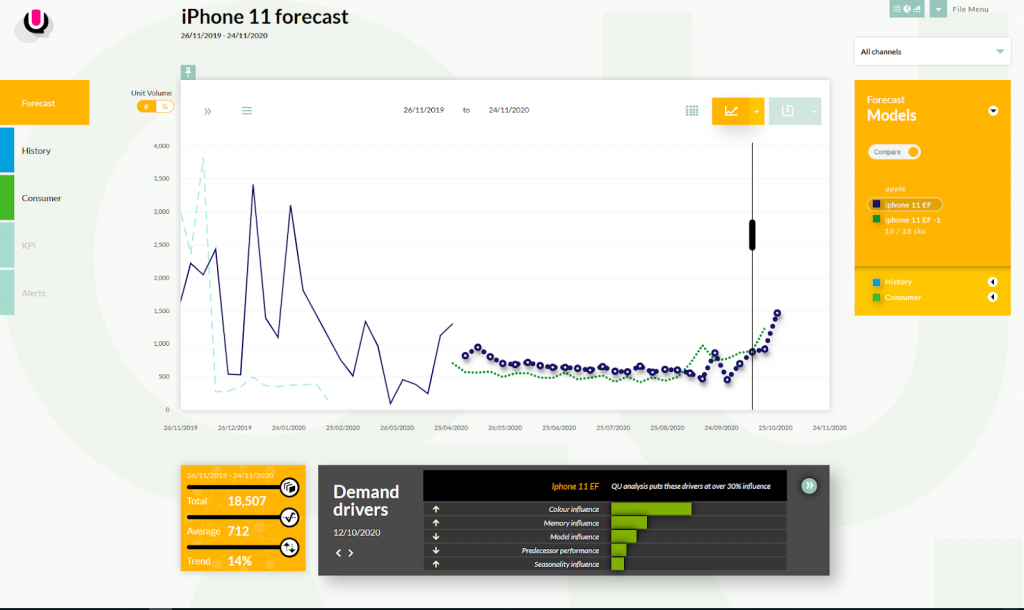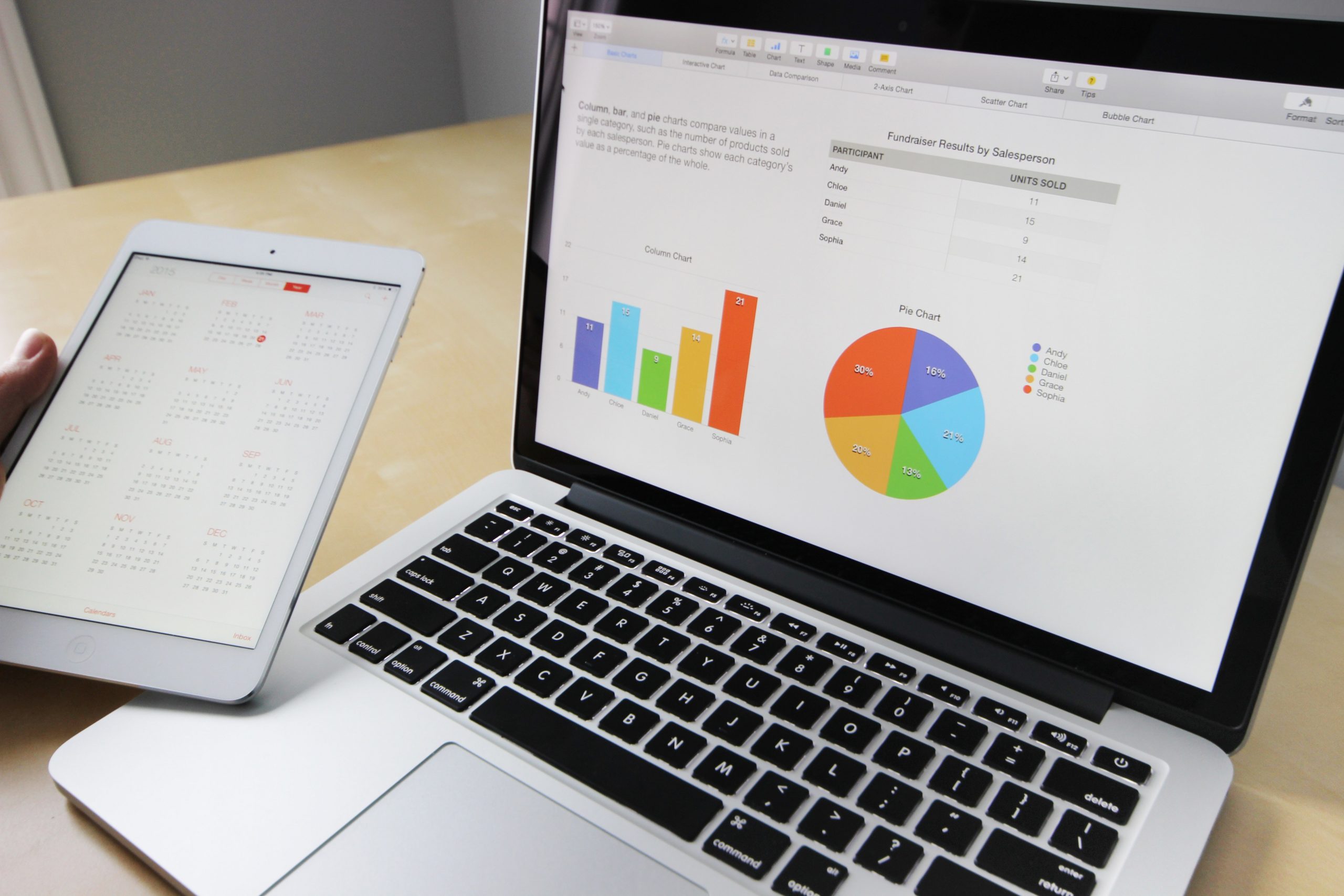World's smartest demand planning tool, QU by Quantiful
Sales and Operations Planning is the central point of most enterprise decisions as big bets are placed on anticipated demand which result in portfolio planning and procurement outcomes. This age-old process is critical to unlocking spend for product and services but sadly is somewhat of a dying art as enterprises' commitment to it wanes in favour of individuals’ intuition, compounded by consumer and economic uncertainty. Now, as so many companies must cut costs in response to long-term structural changes in demand, there has never been a more important time to stay disciplined and enhance planning through recent innovations in real-time data and the resulting insights.

Our demand planning solution QU has been in-market for 12 months, helping planners and marketers understand changes in future buying behaviour, rather than rely on historical data. What’s exciting is seeing the early results. QU is improving the Weighted Absolute Forecast Accuracy by more than the industry benchmarks of 50-60%, (and even closer to 80% for a client in South East Asia).
QU is bringing the analysis of real time demand from over 300M consumer signals to our clients’ desktop. Planners arrive at work to be greeted by the future behaviours which are material to demand, meaning decisions on marketing, sourcing or procurement can be made outside of lead time windows, thereby optimising cost-to-serve.
There are infinite potential ‘demand drivers’ for every product (SKU) - far too many for any planner to effectively consider in a forecast. This is where QU’s artificial intelligence plays its part to identify and illustrate the drivers of demand important for each SKU, and alert you to any significant change. Demand drivers can include anything from specifications of a product or service, to the sentiment expressed on social media. Demand drivers are dynamic, and their influence shifts over the course of a product’s life cycle. For example, the further out the forecast horizon, the less important historical sales data becomes and the more important it is to understand the human behaviour associated with the demand.
By deploying QU, clients can understand the unexpected changes in consumer behaviour that could throw plans off course and remediate them before they cause inventory issues. QU is especially valuable as demand volatility increases, because consumers spend more time creating data through their research. This in turn produces additional (aggregated) data points about future intentions. Combine this with advances in data science, and we are now able to see the impact of drivers on future buying decisions quickly enough to mitigate inventory issues or drive acquisition.
Those of us in planning, operations and marketing should use data - not intuition - to bring the voice of the customer into an integrated planning process. In a downturn, brands look to sales to make their numbers but optimising supply chain and demand planning offers significant leverage too, especially on key metrics like working capital and cost-to-service.
Share this
You May Also Like
These Related Stories

Quantiful Insights at the AWS Data and Analytics Virtual Series

Integrate demand and supply planning
